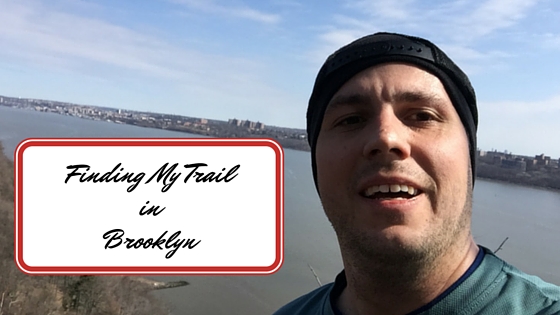
As an avid trail runner, I decided to take on the challenge of finding trails to explore in Brooklyn. So I, of course, looked to Google to help me find suggested runs. The first thing I came across was the website for The Brooklyn Trail Runners, who happened to have a group run my first day in town. So here is a wrap-up of all my locally sourced, artisanal miles.
Sunday: The Brooklyn Trail Runners “bRUNch” (Strava Data)
This technically is not a run in Brooklyn, or even New York City, as we ran across the George Washington Bridge (GWB) to Fort Lee, New Jersey (Gov. Chris Christie was out of town so the bridge was open). After meeting at a restaurant in Manhattan we dropped off our stuff, made quick introductions and began our run crossing the GWB and connecting to the Long Path.
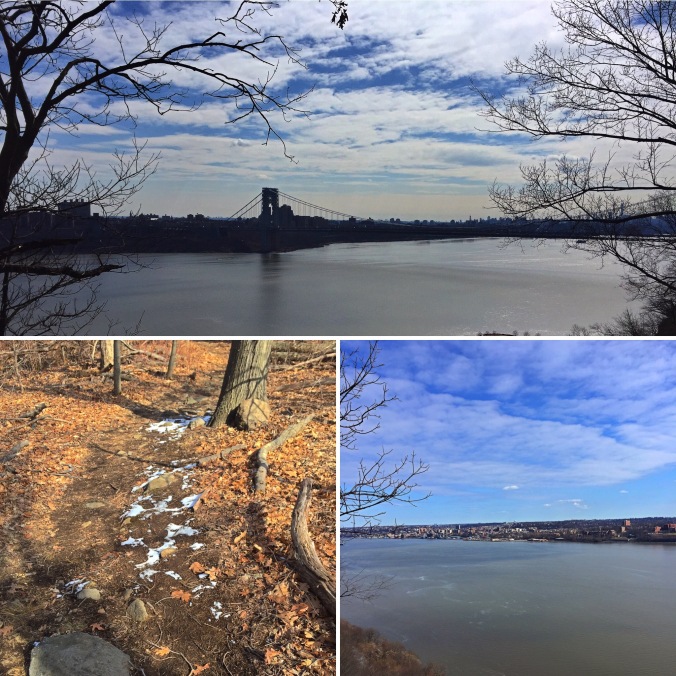
The Long Path starts at the GWB and goes 357-miles to Albany, New York. The trail starts out wide and easy but as we ran up the river the track became more technical. My biggest complaint about the trail is how close it stays to the Palisades Parkway. It does have some great vistas as it winds closer to the cliffs. We cruised out about an hour and then returned to the restaurant for some well-deserved food and beers.
One of the best aspects of finding a running group/club to run with for a day is you get a little insider knowledge about the place you are visiting. On top of that, you get to meet new and interesting people. I was not the only tourist in the group as a businessman from South Africa also joined us. It was nice to be able to talk to trail runners whose experiences have been wholly different from my own.
Monday: Prospect Park (Strava Data)
It was a straight shot of about a mile and a half to get to Prospect Park from my hotel. I burned up Flatbush Ave attempting to get away from the busy street as fast as possible. Running on the streets of NYC is more than just a physical workout, but also a mental workout. Constantly I found myself judging rates of speed, calculating if I could make the crosswalk in time and figuring out my path through the sea of other pedestrians. Once I got there, I was rewarded with a bit of a trail run.

The trail was not much compared to what I am used to but it was there. In this park where paved paths guide you around, people have been compelled to create their own paths. This says a lot about how people still desire that connection with the earth, the feeling of dirt under their feet. It all reaffirms that need for green spaces and what the mental health repercussions would be without them.
Conclusion:
I did not make it out for a third run, as I had hoped. I guess we can blame it on the many fine dining and drinking establishments of Brooklyn. The thing I took away from this trip is my continued love of exploring someplace new through running. Even when I was not running, I was walking and experiencing how people interacted with the city. It left me with a better understanding of how the city worked and how to navigate around. So next time you are somewhere new, I would suggest even in a city, unplug and wear down some of that shoe leather.
What have your experiences been exploring somewhere new? Have you tagged along with a local running club?
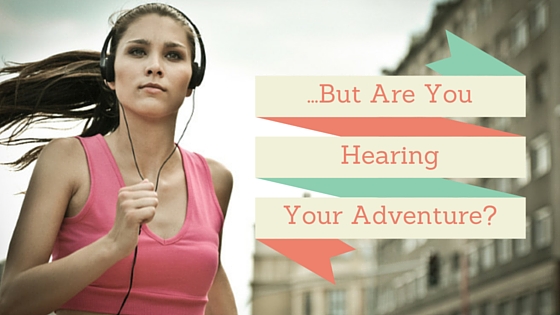

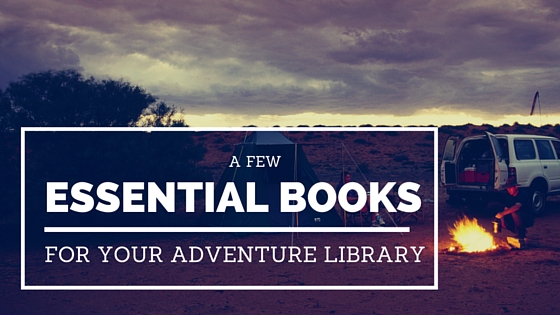
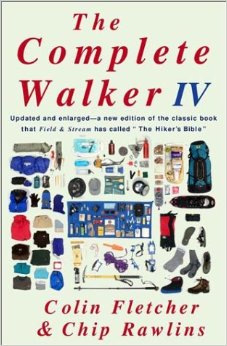
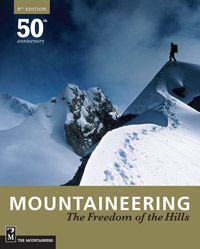
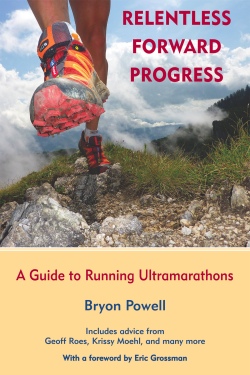
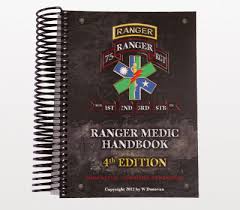
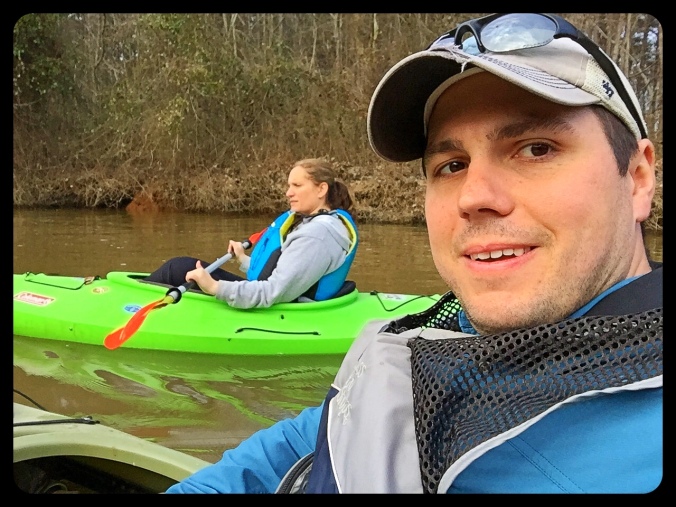
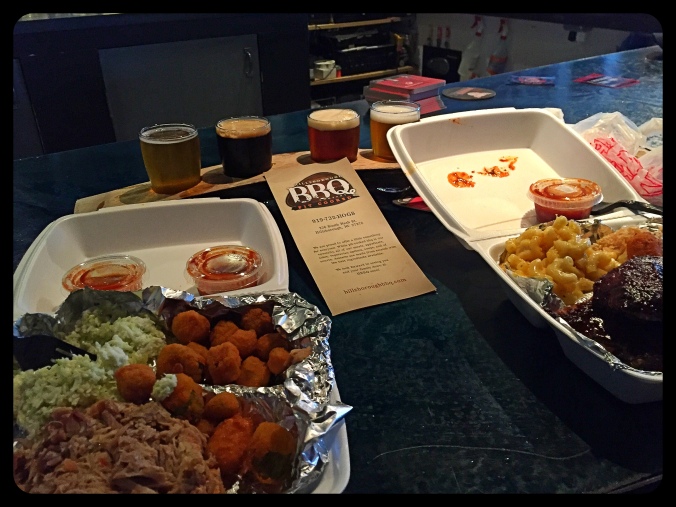
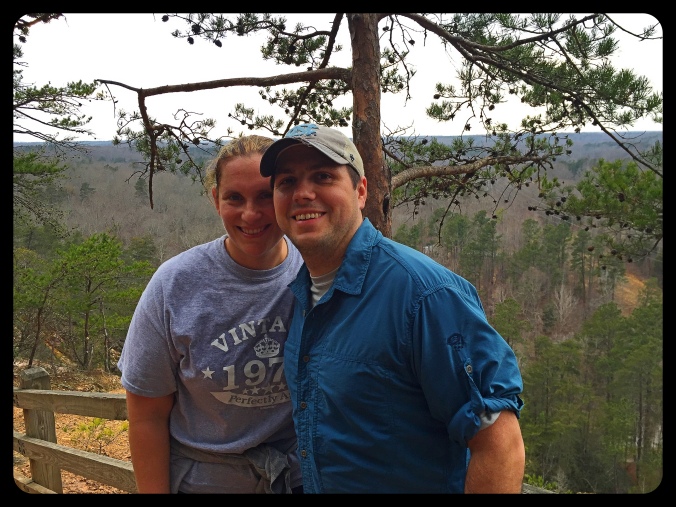


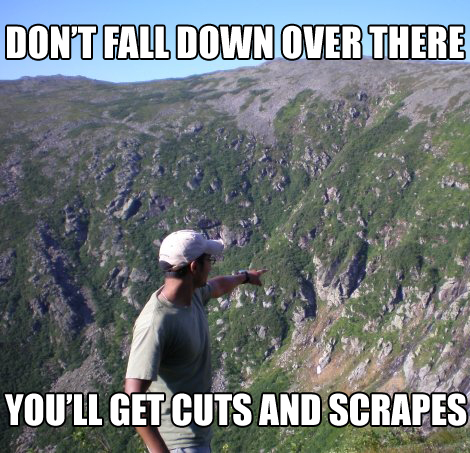


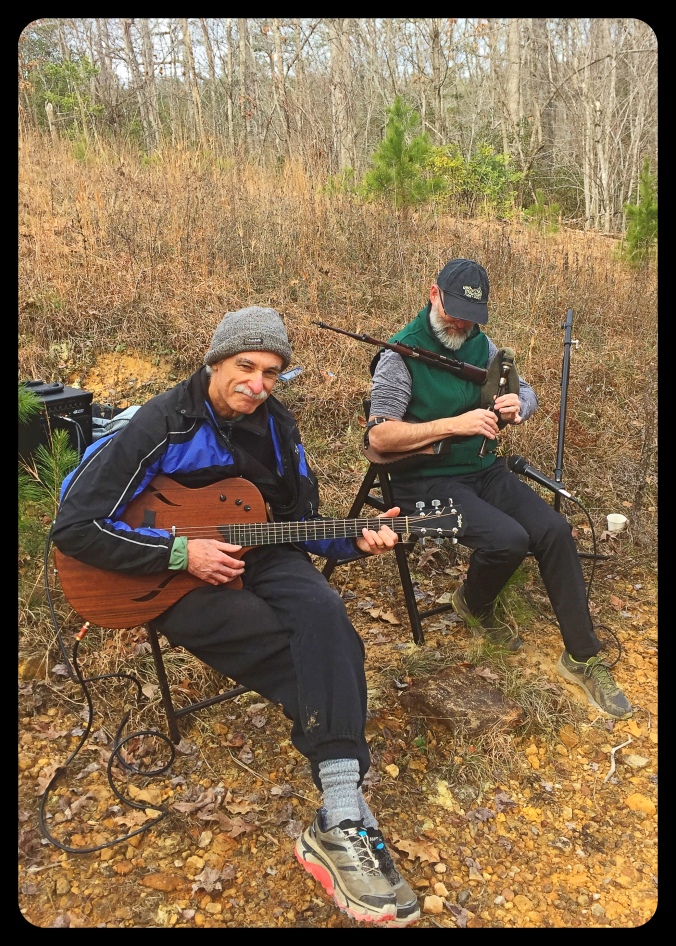

Recent Comments